Since organizations are increasingly migrating workload, applications and data to the cloud, the magnitude and difficulty of cloud security management have increased exponentially. This complexity is no longer an issue only on technical front in 2025 it is a crucial business issue.
There are multiple more attack surfaces, tons of more endpoints, and more advanced threats, and to secure cloud infrastructure, you need more additional tools other than traditional security products. It demands smartness, automation and flexibility.
The artificial intelligence (AI) can be helpful in that.
The Growing Complexity of Cloud Security
The use of cloud in the past decade has gone through the roof. Even small businesses or startups and large companies now depend on cloud applications such as AWS, Azure, and Google Cloud to deploy apps, maintain customer data, and lease internal systems. Along with that shift, there has accompanied a new group of obstacles:
-
Dynamic virtual worlds
-
Accessibility through remote users and devices across the world
-
Third-party integration and API dependencies
-
Abstracted infrastructure with poor visibility
-
Highly complex attack vectors: supply chain attacks and zero-hacks
What Is AI-Driven Cloud Security?
Machine learning algorithms, behavioral analytics, natural language processing, and other modern technologies performed by AI-driven cloud security monitor, recognize, and react to threats in real-time. Instead of pre-determined rules, these instruments process data to learn the normalcy and raise the abnormal.
Security tools that use AI are being built to work throughout active times, read through massive cloud telemetry data sets and make judgments that human analysts may take hours, or days to reach. This includes:
-
Finding trends that are similar to the emerging threats
-
Crossover in correlating activity in various cloud services
-
The automatic reaction to the incidents depending on the severity
-
Incorporating attack patterns in the previous attacks to better detection of the current attack earlier.
Core Capabilities of AI in Cloud Security
A number of different abilities characterize the role of AI in contemporary cloud security environment.
1. Anomaly Detection
AI can monitor network traffic, user actions, API request and data flow to detect deviations of established baselines. It enables the protection of insider threats, misusing credentials, and exfiltration attempts early in time.
2. Threat Intelligence Correlation
The contemporary AI instruments consume the feeds of threats, historical breach information, and cloud-addressed techniques of attacks. They then relate such information with live activity to detect known and new threats more precisely.
3. Automated Incident Response
There are AI platforms that are proactive in dealing with an incident. This can be removing user access or terminating workloads, placing IPs under block, or setting off workflows when anomalies are detected.
4. Behavioral Analysis
Through the intelligence of the common behavior of users, devices, and applications, AI will be able to identify slight indications of being compromised ~ even when there is no known signature.
5. Compliance Monitoring and Audit Readiness
Key Advantages of AI Over Traditional Security Tools
The adoption of AI tools in cloud security is growing rapidly, and for good reason. Below is a summary of how AI compares to traditional approaches:
| Feature | Traditional Security Tools | AI-Powered Security Tools |
|---|---|---|
| Threat Detection Approach | Rule-based (signatures, logs) | Behavior-based, pattern recognition |
| Response Speed | Manual or scheduled | Automated, real-time |
| Adaptability to New Threats | Low | High (machine learning models evolve) |
| Data Handling Capacity | Limited | Can process massive telemetry datasets |
| Alert Accuracy | High false positive rates | Improved with contextual learning |
| Coverage Across Cloud Platforms | Often fragmented | Unified monitoring across environments |
| Human Resource Dependency | High | Reduced workload through automation |
Why AI Is Especially Critical in 2025
The speed at which the world of cyber threats is changing cannot be caught up by the human teams. The attackers are automating, utilizing AI and elaborate evasion tactics to take advantage of cloud missetting, ineffective identity policies and zero-day vulner播上ے widespread exploitation of cloud misconfigurations, weak identity policies and zero-day vulnerabilities by attackers who are automating and using AI as well as elaborate evasion techniques.
In the meantime organizations are:
-
CI/CD pipeline provides applications faster deployment.
-
With containers and serverless builds that turn up and down in seconds
-
Hybrid and multi-cloud adoption
-
Expansion of remote teams and external sources of collaboration
Liveliness of this environment renders the existence of static controls redundant. Security should be able to act as quickly as a machine, and likewise have the intelligence of a machine. Visibility and control in scale are only possible through AI.
Real-World Scenarios Where AI Improves Cloud Security
In order to bring the use cases to a more real life scenario try the following:
Case 1: Insider Threat Detection
The person comes to work at a strange time, downloads confidential documents and uses a new device. It is only one of these actions that can be highlighted as suspicious by traditional tools. The AI technology monitors the pattern, interprets the situation and automatically generates an action before data take place.
Case 2: Securing Container Workloads
In a Kubernetes system of hundreds of pods, AI is used to observe the behavior of containers. It recognizes when a container begins to communicate to foreign domain or tries to alter system files. With AI, this would remain unnoticed.
Case 3: Cloud Misconfiguration Alerts
One of the clouds storage buckets becomes publicly accessible when a configuration change is made. Artificial intelligence tools are quick to identify the anomaly and raise an alert whose severity is high and instigate the remediation process in order to limit the access.
Case 4: Credential Abuse Across Regions
A user profile indicates that there are logins to New York and Singapore in ten minutes. AI identifies the session as a no-go travel and closes the access and alerts the security team.
These are illustrations of the power of AI when it comes to context, quickness, and magnitude.
Benefits for Startups and Enterprises Alike
It is not only large enterprise that uses AI tools. Indeed, it is helpful to the small or mid-sized organizations:
-
Companies that do not operate 24/7 security personnel can depend on robotic protection
-
Middle-sized enterprises will be able to increase the strength of available staff
-
Businesses may add AI to their SOC (Security Operations Center) and manage the log overload, cutting the response time
Challenges and Considerations
Notwithstanding its advantages, AI in cloud security is not confined to positive aspects only. Knowledge of these prevents miss alignment and over-dependence.
1. Learning Curve
AIs need adjustments and feedback. Out of the box tools might require some training to fit certain requirements in business and cloud environments.
2. Data Sensitivity
The cloud data is examined by AI engines, and it is thus necessary to meet the privacy legislations and internal governance structures.
3. Tool Overload
Various tools used in different organizations fail to integrate thereby causing visibility to be fragmented. The first consideration is selecting the AI platforms with unified dashboards and multi-cloud functionality.
4. Cost
On the one hand, most AI security tools are quite cost-effective in the long run; yet on the other hand, the cost of the initial licensing and the costs of integration may be high. New companies must consider either open source or cloud provider packages.
5. Trust and Transparency
Decision-making done by AI may appear like black boxes. When it comes to platforms, it is also necessary to select the ones that ensure explainable AI or provide logs which the security teams can audit.
Top AI-Powered Platforms and Their Features
SentinelOne Singularity XDR
SentinelOne tests an expanded detection and reaction (XDR) stage that combines touch endpoint, ecological and identification securities into an individual AI-powered console. It can monitor cloud workloads and react to live threats in real time due to its autonomous detection and remediation capabilities.
Key Features
-
Behavioral AI against fileless and Zero-Day threats
-
Cloud-native application and container run time protection
-
Automated remediation and roll back
-
Unified interface visibility to multi-clouds
Best For
Startups and midsized organizations requiring a quick deployment and a high level of automation and not requiring the development of large SOC.
Microsoft Azure Sentinel
Azure Sentinel is an in the cloud locally native SIEM (Security Information and Event Management) system. It is closely connected to the Microsoft services and can ingest data by a variety of different sources, which by using AI and machine learning services can identify anomalies in cloud and hybrid environment of an enterprise.
Key Features
-
Threat detection by machine learning
-
The identification of or fusion technology to relate signals between identities and devices
-
On-the-box analytics that count compliance and audit logs
-
Automated response playbooks with integration to Logic Apps
Best For
Organizations which already use Microsoft 365, Azure or Defender platforms that would benefit greatly in the use of robust log management and threat hunting.
AWS GuardDuty and Detective
GuardDuty is a threat monitoring service provided by Amazon that is able to monitor workloads, AWS accounts, and data continuously. When used in combination with AWS Detective it can deliver context-rich visualizations, which can be used to research an incident that was detected by machine learning.
Key Features
-
Multi-labels Based Detection
-
AWS, CrowdStrike and Proofpoint threat intelligence feeds
-
Unencumbered deployment that does not employ agents
-
Auto correspondences with the IAM, EC2, and S3 activity
Best For
Cloud-native businesses established solely on the AWS infrastructure, an interest to have at low-latency protection, and easy configuration.
Google Chronicle and Security Command Center
Chronicle is a Google Cloud security analytics product, which can be scaled. It is constructed on the same base of infrastructure that Google Search operates through, and it enables massive data ingestion and high velocity analytics. SCC offers insight and scanning of vulnerability in GCP services.
Key Features
-
Historical and real-time telemetry-based threat detection with AI
-
Support of VirusTotal and MITRE ATT&CK mapping
-
Elastic consume of billions of log events
-
Home-made detectors based on YARA-L and Sigma
Best For
Companies whose systems have a complicated infrastructure or with high volumes of cloud telemetry.
IBM QRadar with Watson
Key Features
-
Reading anomaly correlation, logs, and threat reports using Watson NLP
-
Auto incident classification and prioritizing
-
Case tracking and automation of SOC
-
Third party platform integration and hybrid infrastructure
Best For
Major organizations that require compliance and have established SOC units that require a profound integration of threat intelligence into their systems.
Prisma Cloud by Palo Alto Networks
Key Features
-
Artificial intelligence Kubernetes and container vulnerability assessment
-
At runtime policy enforcement
-
Identity-based microsegmentation
-
Compliance and asset inventory dashboards
Best For
Organisations has multi-cloud implementations and containers applications.
Orca Security
Orca Security offers agentless function in AWS, Azure, and Google. It deploys contextual AI to identify threats, the likelihood that they could pose a danger, and then classify threats by exposure channels, data sensitivity, and activity rates.
Key Features
-
No agents or network scanning is needed
-
Risk prioritization using AI
-
Real time asset visibility and side movement mapping
-
Enforcement and encryption verification
Best For
High-growth tech companies requiring a high level of coverage that takes less time to deploy.
Lacework
Lacework is a platform that is used to protect cloud environments by use of AI-enabled anomaly detection. It operates on the workload level and sends notifications when there is a configuration drift, data exfiltration, and user impersonation.
Key Features
-
Behavioral behavior baselining in Polygraph Data Platform
-
Monitoring of configuration 24/7
-
CI/CD pipeline DevOps integration
-
Mul-cloud or multi-cloud visibility.
Best For
Teams with DevOps intensive standards requiring high levels of security incorporated into its development cycle.
Snyk and DeepCode
Snyk is developer-first security designed to secure code, dependencies, containers and infrastructure-as-code (IaC). It acquired another startup DeepCode to introduce AI features that provide smart suggestions in the process of development.
Key Features
-
Static analysis with the help of AI
-
IDEs and security recommendations in real time
-
Terraform, Helm, Kubernetes scanning
-
Intuitive integration with GitHub, GitLab, Jenkins among others
Best For
Feature Comparison Table: Top AI Cloud Security Tools in 2025
| Tool Name | Primary Use Case | AI Capabilities | Cloud Support | Best For |
|---|---|---|---|---|
| SentinelOne | XDR, endpoint, and cloud protection | Behavioral analysis, auto rollback | AWS, Azure, GCP | Mid-sized orgs with hybrid workloads |
| Azure Sentinel | Cloud-native SIEM and log analysis | Machine learning, fusion detection | Azure | Microsoft-native environments |
| AWS GuardDuty | Threat detection on AWS infrastructure | ML-based detection and intelligence | AWS | Fully AWS-native organizations |
| Google Chronicle | Threat hunting and telemetry analytics | Real-time AI with historical insight | GCP | High-volume telemetry analysis |
| IBM QRadar | SIEM with advanced incident response | NLP, automated threat correlation | Multi-cloud | Enterprise SOC and regulated industries |
| Prisma Cloud | Container and multi-cloud protection | AI workload scanning | AWS, Azure, GCP | DevOps and Kubernetes-based setups |
| Orca Security | Agentless risk detection | Context-aware AI prioritization | AWS, Azure, GCP | Startups and cloud-native businesses |
| Lacework | Behavioral cloud workload monitoring | Anomaly detection and baselining | AWS, Azure, GCP | DevOps-integrated environments |
| Snyk + DeepCode | Code and IaC vulnerability scanning | AI code suggestions and analysis | Any (CI/CD tools) | Developer-focused security integration |
Choosing the Right AI Security Tool for Your Needs
All organizations do not require identical features. The following are the ways of narrowing your options:
1. Your Cloud Platform
-
AWS exclusive stack GuardDuty or Orca
-
The Azure environment leads to Azure Sentinel.
-
Workloads that are GCP-heavy Chronicle + SCC
2. Your Team Size and Expertise
-
No in house SOC? → SentinelOne or Orca
-
In house DevOps team? → Prisma Cloud or Lacework
-
Developer-first teams? -> Snyk with IDE extension
3. Your Threat Profile
-
The need to comply high? IBM qRadar or Prisma Cloud
-
Insider threat issues? [-?€¤ 160
-
Converse deployments? to Snyk + DeepCode and Prisma Cloud
4. Deployment Requirements
-
Desire agentless and fast deployment? Orca Security
-
Is it full SIEM and analytics you are looking at? → Azure Sentinel or IBM QRadar
- Want to cover your code-to-deployment? → Integrate Snyk with Prisma
Summary
It is not possible now to allow human analysts to deal with cloud security entirely. By 2025, the cloud world is ever-changing, transient, and intricate. AI tools will provide speed, scale and intelligence that could not only identify the threats that we do not know about, but will also be able to automate the actions taken by the security teams and will also help in lightening the work.
The choice of a suitable AI tool will be based on the size of your company, the architecture, the level of maturity and the exposure to risk. Those solutions presented below can be used to create a more secure and robust cloud infrastructure, regardless of whether your company is a high-growth startup or a multinational corporation.
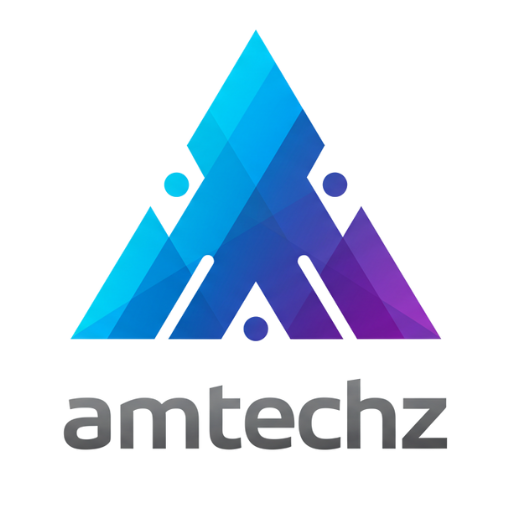
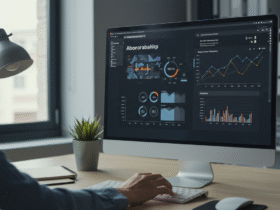
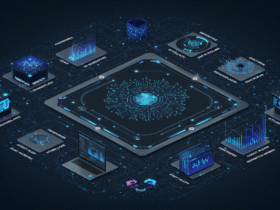
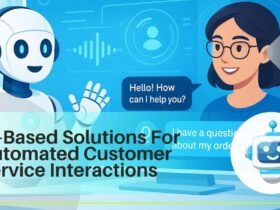



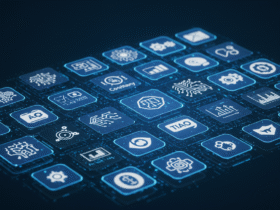


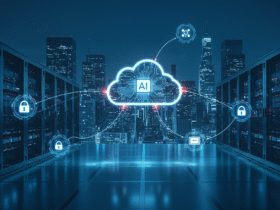
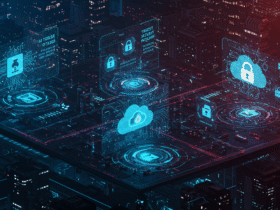
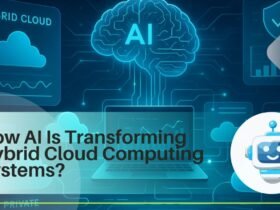
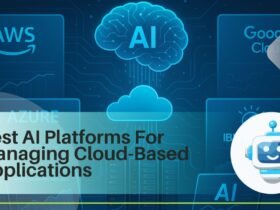

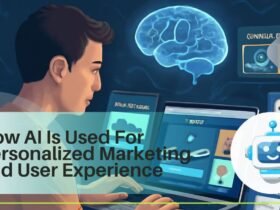
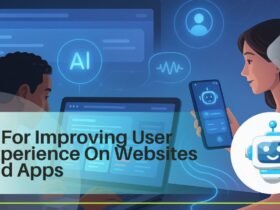
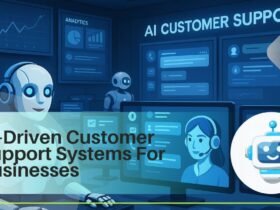

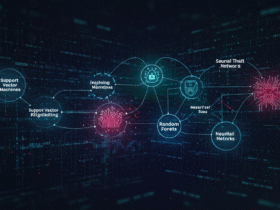


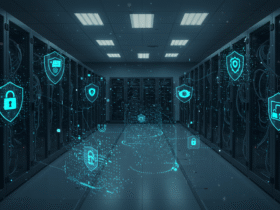

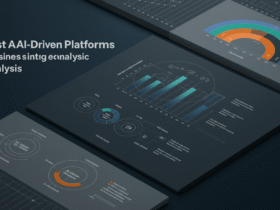


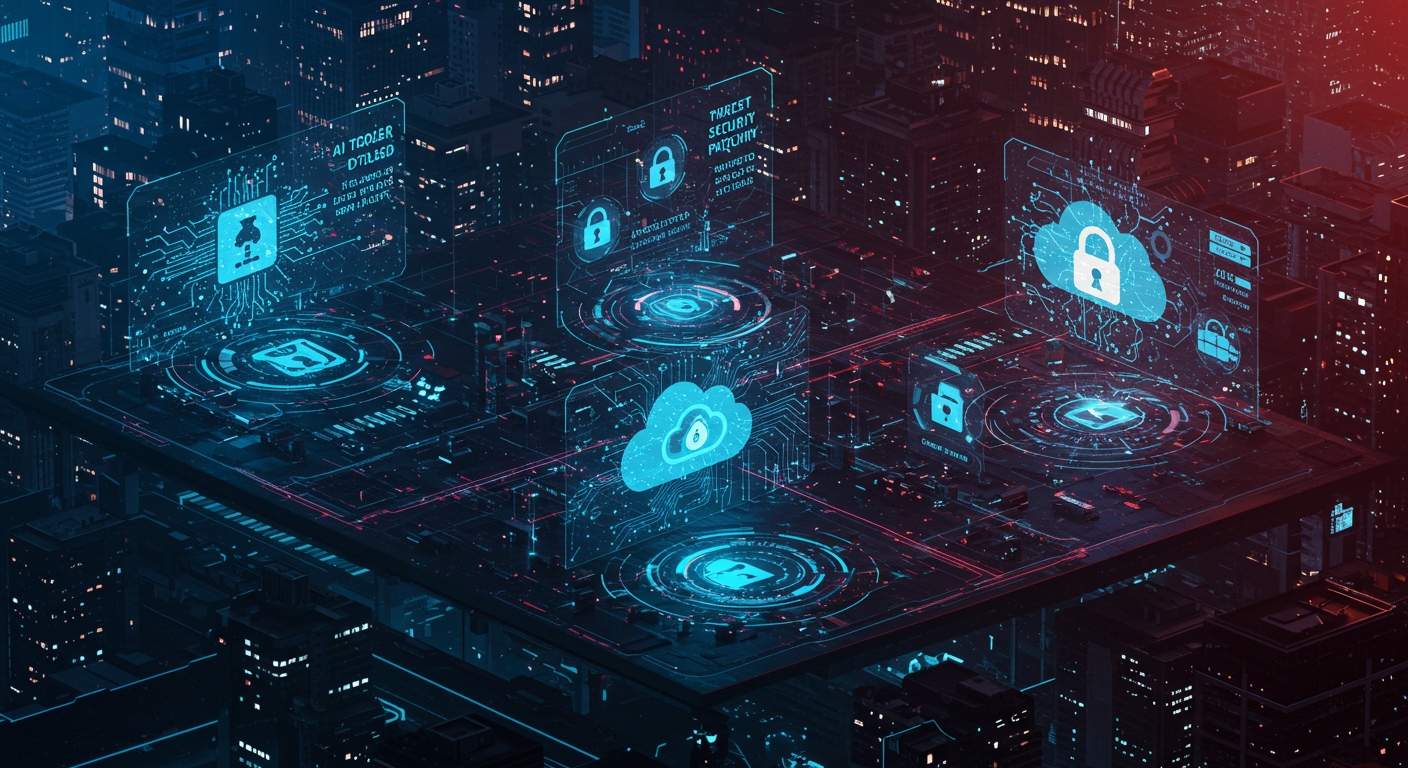

Leave a Reply